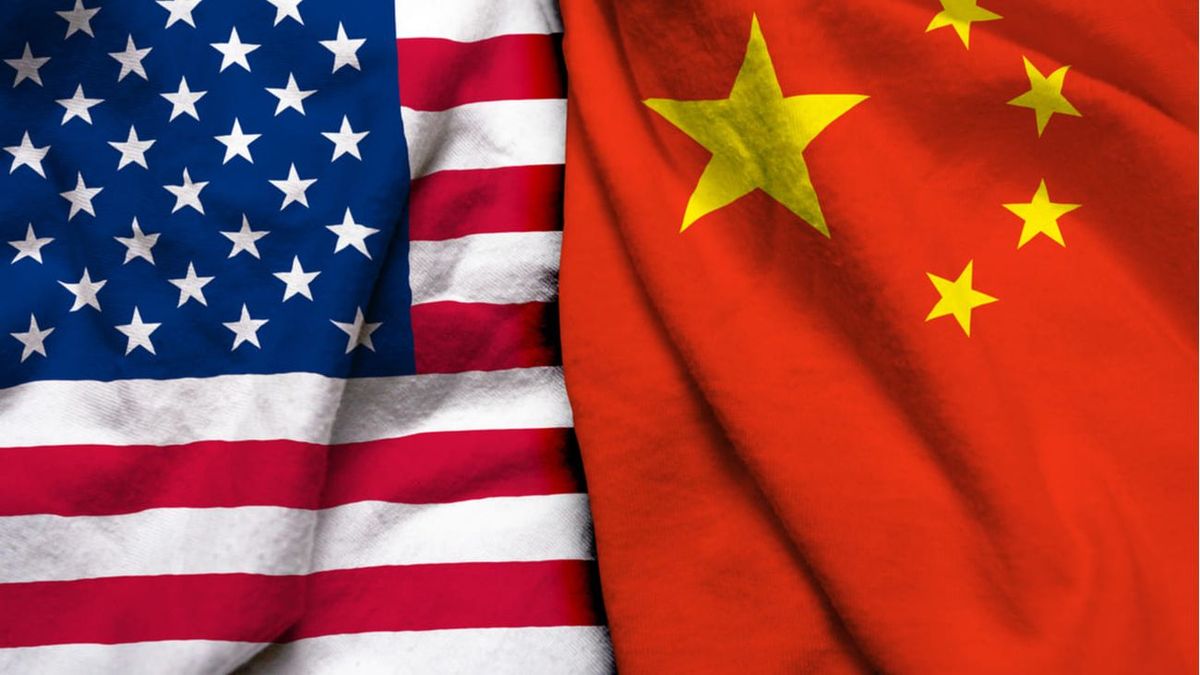China toughens its “technological war” with USA. In the last few hours, new measures were known that will mean that American microprocessors from Intel and AMD will be removed from government PCs and servers, while Beijing intensifies a campaign to replace foreign technology with local solutions.
The stricter guidance on government procurement also seeks to set aside the Windows operating system of Microsoft and foreign-made database software in favor of domestic options. It is carried out in parallel with a parallel localization campaign that is being carried out in state-owned companies.
The latest purchasing rules represent China’s most significant step yet to create domestic substitutes for foreign technology and reflect the measures taken in the United States as Tensions between the two countries increase. Washington has imposed sanctions on a growing number of Chinese companies over national security concerns, legislated to encourage more technology production in the United States and blocked exports of advanced chips and related tools to China.
China vs the US: what the measure is about
Officials have started following the new guidelines for PCs, laptops and servers this year, after they were revealed by the Ministry of Finance and the Ministry of Industry and Information Technology (MIIT) on December 26. They direct government agencies and party bodies above the municipality level to include criteria requiring “secure and reliable” processors and operating systems when making purchases.
On the same day in December, the state testing agency, the Information Technology Security Assessment Center of China, published its first list of “safe and reliable” processors and operating systems, all from Chinese companies.
Among the 18 approved processors were chips from Huawei and the state group Phytium. Both are on Washington’s export blacklist. Chinese processor makers are using a mix of chip architectures including Intel’s x86, Arm and local ones, while operating systems are derived from open source Linux software.
Beijing’s procurement renewal is part of a national strategy for technological autarky in the military, government and state sectors known as xinchuang or “IT application innovation”.
The standards “are the first clear, detailed, nationwide instructions for the promotion of xinchuang,” said a local government official managing the replacement of computer systems.
Its supervisor, the State Assets Supervision and Administration Commission, similarly told state-owned companies to complete a technological transition to domestic suppliers by 2027, according to two people briefed on the matter. Since last year, state groups have begun reporting quarterly on their progress in modernizing their IT systems, although some foreign technology will be allowed to remain, the people said.
intelamd.jpg
China was Intel’s biggest market last year
How the new measure will affect US companies in China
State-led shift away from foreign hardware will hit US companies in China starting with the world’s leading PC processor manufacturers, Intel and AMD. China was Intel’s biggest market last year, providing 27 percent of its $54 billion in sales and 15 percent of AMD’s $23 billion in sales. Microsoft does not break out sales in China, but last year President Brad Smith told the US Congress that the country contributed 1.5 percent of revenue.
Microsoft and Intel declined to comment. AMD did not respond to a request for comment.
It may be difficult for Intel or AMD to ever be on the list of approved processors. To be evaluated, companies must submit complete R&D documentation and code for their products. The main evaluation criterion is the level of design, development and production completed in China, according to a notice from the state testing agency.
In recent months, provincial and municipal finance ministries have issued dozens of notices about the new guidance, trying to ensure compliance among thousands of buyers.
One of the officials, based in Shenzhen, said they now needed to take an extra step to record and explain purchases from foreign processors. The central government procurement office also said this month that limited purchases of Intel- and AMD-powered computers could continue, as long as departments “comply with relevant management procedures.”
Lao Zhangcheng, in charge of purchasing 16 all-Chinese computers for an organization under the Shaoxing city transportation bureau, said his colleagues had no choice but to get used to national operating systems.
“We are replacing old computers that have foreign chips,” Lao said. “After this purchase, basically everyone in the office will have a home computer. The old computers we have left with Windows systems can still be used in certain situations.”
Analysts at Zheshang Securities estimate that The country will need to invest 660 billion yuan ($91 billion) between 2023 and 2027 to replace IT infrastructure in the governmentparty organs and eight major industries.
Source: Ambito




